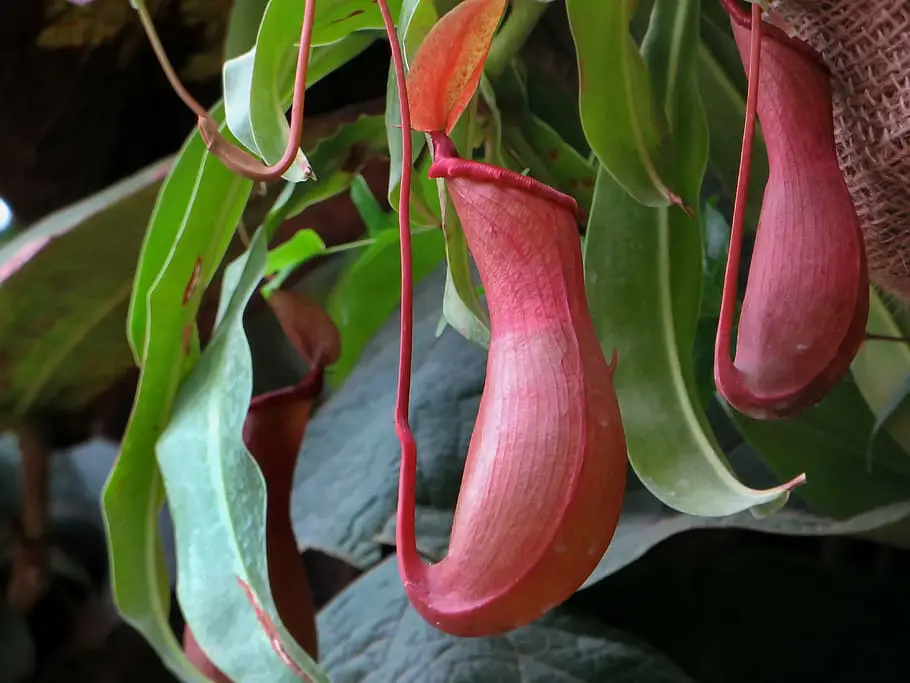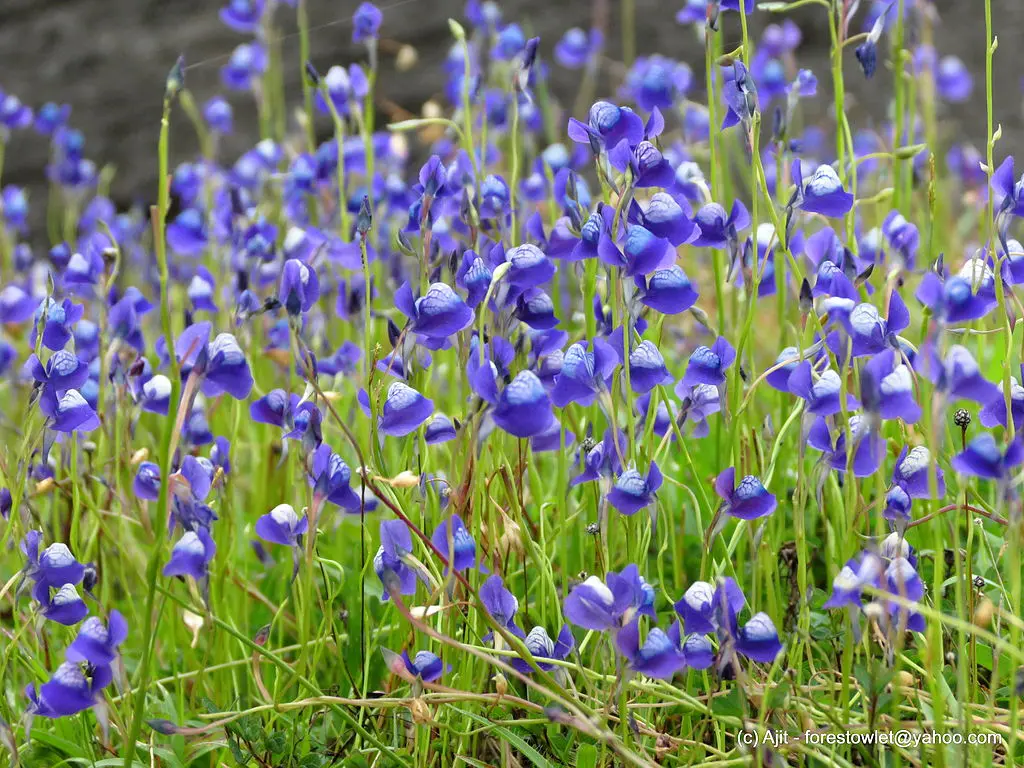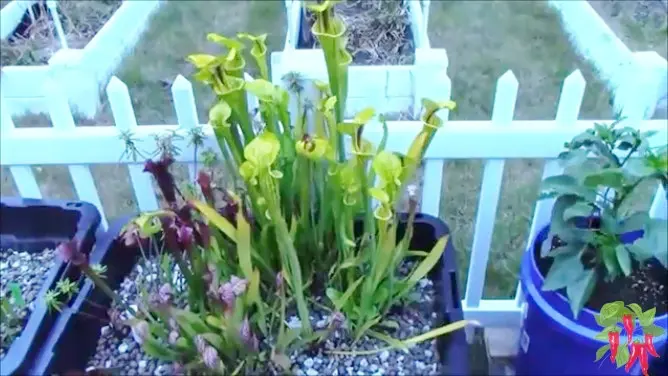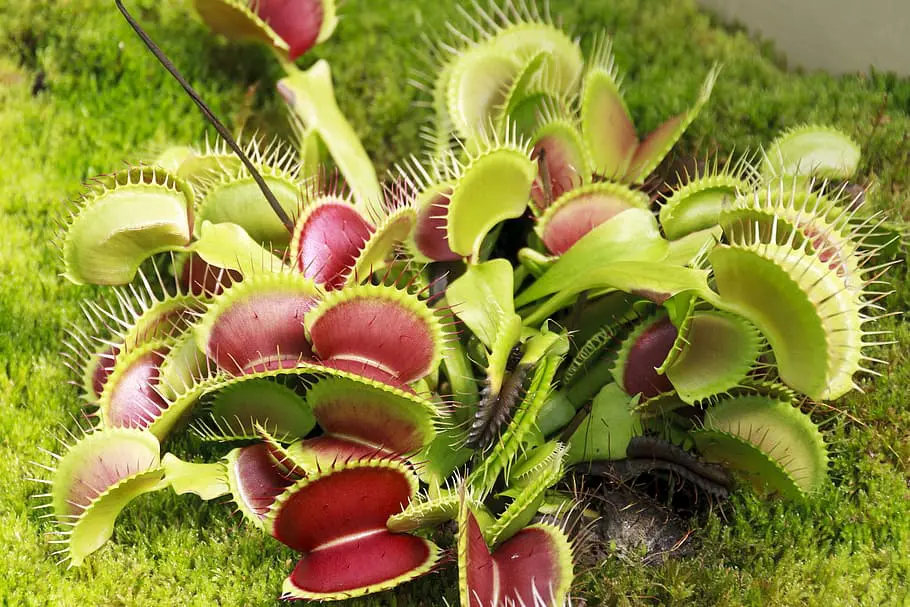This post contains affiliate links. If you buy something from one of our links we may earn a commission. Thanks
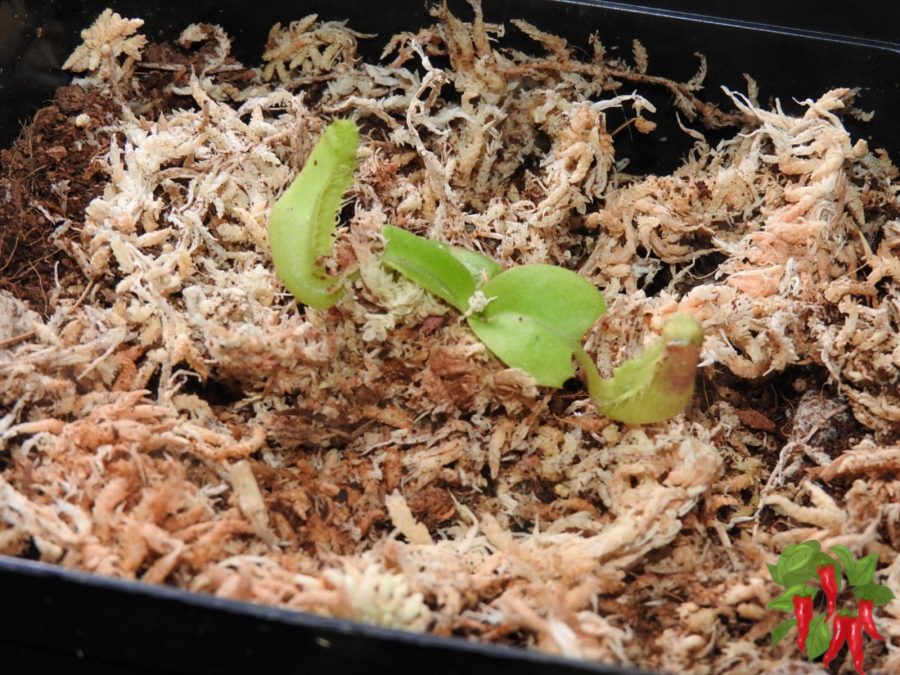
Dive into the world of Nepenthes truncata care! Discover tips and tricks to nurture this captivating carnivorous plant to its full potential.
To care for Nepenthes truncata, ensure it receives bright, indirect light, maintains a high humidity level, and is watered with distilled or RO water. Use a well-draining soil mix and avoid waterlogging. Regularly check for pests and prune as needed.
Nepenthes truncata Care
Thinking of embarking on the journey of Nepenthes truncata care? You’re in for a treat!
This unique carnivorous plant, with its impressive pitchers, is a true marvel of nature. Let’s explore how to give it the best care and watch it thrive.
Nepenthes Tropical Pitcher Plants Introduction
Nepenthes, commonly known as tropical pitcher plants, are a fascinating group of carnivorous plants known for their unique pitcher-shaped leaves.
These pitchers are nature’s ingenious traps, luring, capturing, and digesting insects.
Originating from various regions, from the highlands to the lowlands, the care requirements for these plants can vary, but some general guidelines can help enthusiasts cultivate them successfully.
Nepenthes truncata is primarily considered a highland species. It originates from the highlands of the Philippines, particularly on the islands of Mindanao and Leyte.
In its natural habitat, it experiences cooler temperatures, especially at night, which is characteristic of highland Nepenthes.
When cultivating this plant, it’s essential to replicate these cooler highland conditions for optimal growth and pitcher development.
Nepenthes truncata (/nɪˈpɛnθiːz trʌŋˈkɑːtə/; from Latin truncatus “terminating abruptly”) is a tropical pitcher plant endemic to the Philippines. It is known from the islands of Dinagat, Leyte, and Mindanao.[3] The species grows at an elevation of 0–1500 m above sea level.[4] Nepenthes truncata is characterised by its heart-shaped (truncate) leaves and very large pitchers, which can reach up to 40 cm in height. From Wikipedia.
My Young truncata
I just received a young Nepenthes truncata Pasian Highland and shot a video of its unboxing and potting it up.
Temperature Requirements
When it comes to caring for these Nepenthes, getting the temperature just right is like setting the stage for a grand performance.
Hailing from the cooler highlands, this captivating plant has specific temperature preferences that mimic its natural habitat.
Whether you’re nestled in a temperate region or basking in the tropics, understanding these requirements is key to ensuring your Nepenthes steals the show!
Nepenthes thrive in specific temperature ranges
Highland Nepenthes
Native to higher altitudes, these plants prefer cooler conditions. Day temperatures should range between 75-83°F, while night temperatures should be between 55-60°F.
Lowland Nepenthes
These are accustomed to warmer, tropical climates. Day temperatures for them hover around 84-88°F. Interestingly, they prefer slightly less light than their highland counterparts and thrive in humidity levels around 80%.
Intermediate Nepenthes
As the name suggests, these plants fall between the highland and lowland varieties. They prefer day temperatures of 80-85°F and cooler nights in the 60s.
Humidity
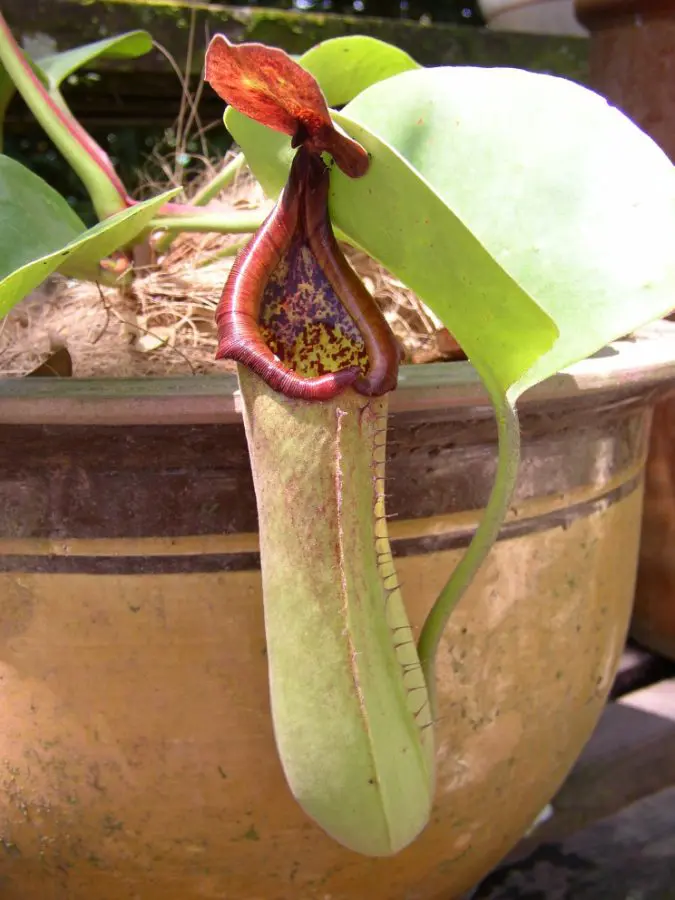
Humidity plays a pivotal role in the health of a Nepenthes plant. These plants thrive in high humidity, which aids in the proper development of their pitchers.
For optimal growth, maintaining a humidity level of 70-80% is ideal.
For those growing Nepenthes indoors, using a humidity tray or a room humidifier can help achieve these levels.
Light Requirements
Proper lighting is essential for the health and growth of Nepenthes.
While it’s adaptable to various light conditions, there are optimal ranges that can promote its best growth.
Let’s explore the light requirements that will help your pitcher plant thrive.
Natural Light
A bright, indirect light is ideal. While they can tolerate some direct sunlight, especially in the morning, prolonged exposure can lead to leaf burn.
Grow Lights
For those cultivating Nepenthes indoors, fluorescent or LED grow lights can be beneficial. Ensure the light is not too intense to avoid stressing the plant.
Watering Needs
Watering is a fundamental aspect of plant care, but it’s not always as straightforward as it seems.
For Nepenthes truncata, the balance between too much and too little water can be the difference between a thriving plant and one that struggles.
This carnivorous plant has specific hydration needs, rooted in its natural habitat’s conditions.
By understanding and meeting these needs, you can ensure that your Nepenthes remains robust and produces its iconic pitchers consistently.
Moisture Levels
Maintaining the right moisture level is paramount. These plants naturally thrive in environments where the soil retains moisture without becoming soggy.
While it’s essential to keep the soil consistently moist, it’s equally crucial to avoid waterlogging.
Waterlogged soil can deprive the roots of oxygen, leading to root rot, a common issue with many plants, including Nepenthes.
Regularly checking the soil’s moisture level, either by touch or using a moisture meter, can help in striking the right balance.
Water Quality
The quality of water you use can significantly impact the health of your Nepenthes truncata.
Tap water often contains minerals and chemicals that can accumulate in the soil over time, potentially harming the plant.
Nepenthes, with their sensitive nature, can be particularly affected by this.
Using distilled or Reverse Osmosis (RO) water eliminates this risk, providing the plant with pure hydration devoid of any potentially harmful substances.
Testing Water Quality
Even if you’re using tap water, it’s essential to know its composition. A TDS (Total Dissolved Solids) reader is a handy tool in this regard. It measures the total concentration of dissolved solids in water, giving an indication of its purity.
My water tests at 29 ppm which is very close to RO water at 0 ppm. If your TDS is higher than 100 I would think twice about using tap water.
For Nepenthes, a low TDS reading is ideal. If the TDS reading is high, it might be worth considering other water sources or treatments to ensure the longevity and health of your plant.
Soil and Potting
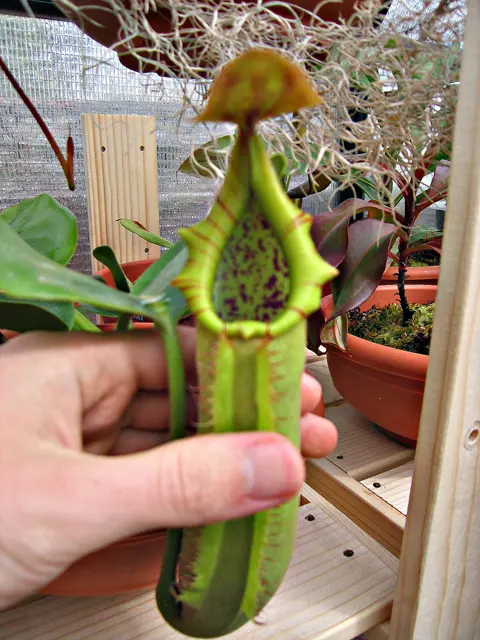
The foundation of any plant’s health often lies in the soil it’s planted in.
For N. truncata, a well-draining soil mix that retains some moisture is ideal.
A blend of sphagnum moss, perlite, and a bit of orchid bark or sand can provide the necessary drainage and aeration.
I use a blend of sphagnum moss, coco coir, and perlite for my plants. It holds moisture well but also is open and well-draining.
When it comes to potting, choosing a pot with adequate drainage holes is crucial.
Pot Types and Sizes
Choose a pot that provides adequate drainage. As for size, ensure it’s spacious enough to accommodate the plant’s growth but not so large that the soil remains wet for extended periods.
Pot Types and Sizes
The pot’s size should accommodate the plant’s growth, but it’s also essential to ensure it’s not so large that the soil remains wet for extended periods, which can lead to root issues.
Plastic pots are fine and some growers favor using net pots but remember these plants don’t need a large pot. Anything over 4 inches is probably overkill.
Feeding and Fertilizing
Nepenthes truncata, like all carnivorous plants, has evolved to derive nutrients from an unusual source: its prey.
In their natural habitat, the lack of nutrient-rich soil led them to develop their iconic pitchers to capture and digest insects.
However, when grown in a controlled environment, some additional considerations can enhance their health and growth.
Feeding
Being carnivorous, this plant derives most of its essential nutrients from the insects it captures.
While it’s capable of catching its prey, especially when placed outdoors, indoor plants might need a little help.
You can occasionally feed them small insects like flies or ants.
However, it’s essential to avoid overfeeding, as an excess can lead to pitcher rot.
If you’re squeamish about using live or dead insects, there are formulated carnivorous plant foods available in the market.
These can be diluted and applied to the pitchers.
Fertilizing
Traditional fertilizing methods that work for most plants might not be suitable for these carnivorous plants.
They are adapted to thrive in nutrient-poor soils, which means they can be sensitive to an overload of nutrients.
If you choose to fertilize, it’s crucial to do so sparingly. A diluted orchid fertilizer applied once every few months can provide a gentle nutrient boost.
Foliar feeding, where a diluted fertilizer solution is sprayed onto the leaves, can also be an effective method, allowing the plant to absorb nutrients directly.
By understanding and catering to the unique feeding and fertilizing needs of your tropical pitcher plant, you can ensure its optimal growth and health.
Propagation
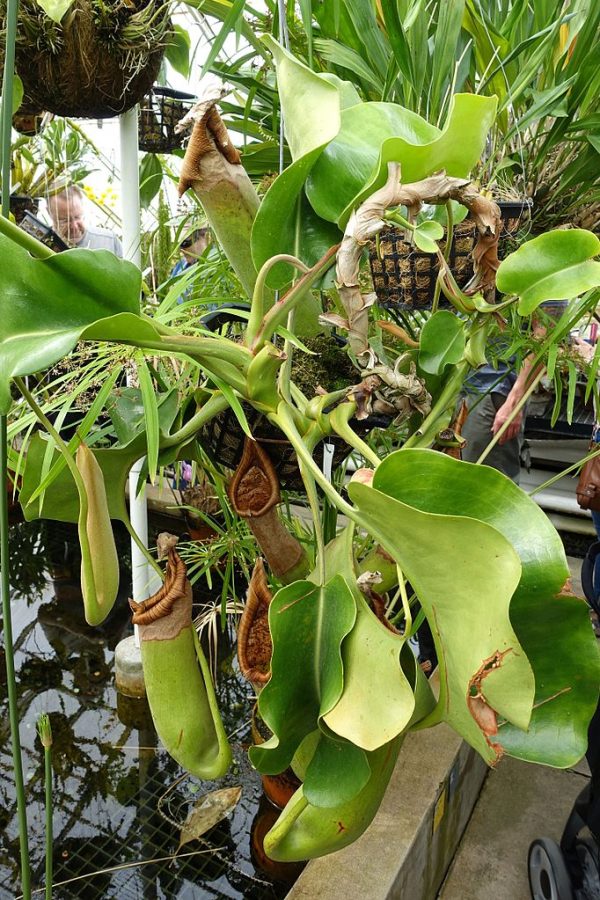
Propagating Nepenthes truncata can be an exciting venture, allowing enthusiasts to expand their collection and even share these unique plants with fellow growers.
While the process requires patience and care, the reward of seeing a new plant grow from your efforts is truly fulfilling.
Here’s a closer look at the primary methods of propagation:
Seed Propagation
Growing Nepenthes truncata from seeds can be a lengthy but rewarding process.
Fresh seeds tend to have the best germination rates. To start, prepare a planting medium of coco coir or sphagnum moss, ensuring it’s moist but not waterlogged.
Sow the seeds on the surface, lightly pressing them into the moss.
Place the container in a location with bright, indirect light and maintain high humidity, either by using a plastic cover or placing it in a propagation chamber.
Germination can take several weeks to months. Once the seedlings are large enough to handle, they can be transplanted to individual pots.
Cuttings
Stem cuttings are a more common and faster method of propagation. Choose a healthy stem with at least two nodes.
Cut the stem, ensuring each cutting has at least one node. Dip the cut end in rooting hormone, though this step is optional.
Plant the cutting in a mix of coco coir or sphagnum moss and perlite, ensuring the node is buried.
Like with seeds, maintain high humidity and bright, indirect light. In a few weeks to months, the cutting should develop roots and can be treated as an individual plant.
Tissue Culture
While more advanced, tissue culture is a method used to produce multiple plants from a small piece of tissue.
This method is typically used by commercial growers and requires specialized equipment and knowledge.
Pests and Diseases
Every plant, no matter how well-cared for, can occasionally face challenges from pests and diseases.
Nepenthes truncata, with its unique growth and structure, is no exception.
Being aware of potential threats and knowing how to address them can ensure your plant remains healthy and vibrant.
Pests
Several pests can find this plant an attractive host:
Aphids: These tiny insects can multiply rapidly and are often found on the undersides of leaves.
They suck sap from the plant, weakening it and potentially transmitting diseases.
A strong stream of water can dislodge them, or they can be treated with insecticidal soap.
Spider Mites: These are microscopic pests that can cause stippling on leaves. They thrive in dry conditions, so increasing humidity can deter them.
If an infestation occurs, neem oil or insecticidal soap can be effective treatments.
Scale: These are small, shield-like insects that attach themselves to stems and leaves, feeding on the plant’s sap.
They can be manually removed or treated with neem oil.
Diseases
While Nepenthes truncata is relatively hardy, it can still be affected by certain diseases:
Root Rot: This is a common issue, especially if the plant is overwatered. Symptoms include yellowing leaves and a wilting appearance.
The key to prevention is ensuring proper drainage and not letting the plant sit in water.
If root rot is suspected, it’s essential to remove the plant from its pot, trim away any affected roots, and repot it in fresh, well-draining soil.
Fungal Infections: High humidity, combined with poor air circulation, can lead to fungal issues.
Signs include moldy patches on the soil or leaves. To treat, reduce humidity, improve air circulation, and consider using a fungicide.
By regularly inspecting your tropical pitcher plant and addressing any issues promptly, you can ensure it remains healthy and continues to thrive.
Pruning and Maintenance
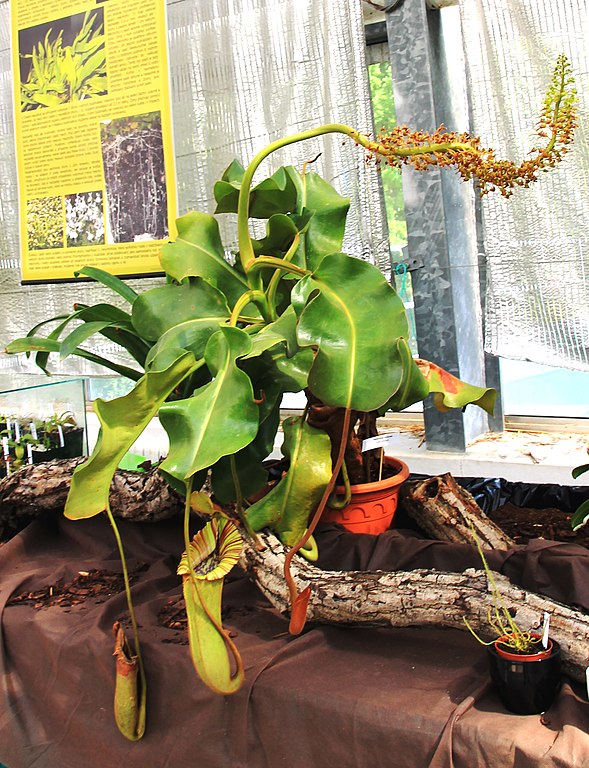
Caring for Nepenthes goes beyond just watering and feeding.
Regular maintenance and occasional pruning can significantly impact the plant’s health, appearance, and growth.
By dedicating a little time to these tasks, you can ensure your plant remains vibrant and continues to produce its iconic pitchers.
Pruning
Pruning is an essential aspect of taking care of Nepenthes truncata:
Dead or Yellowing Leaves: Over time, it’s natural for some leaves to age and die off.
Removing these not only improves the plant’s appearance but also allows it to redirect energy to new growth.
Use clean, sharp scissors or pruning shears to make clean cuts.
Vining: As Nepenthes truncata matures, it can start to produce long vines. While these vines can be an attractive feature, if they become too lengthy or unruly, they can be pruned.
This can encourage the plant to produce more basal shoots, leading to a bushier appearance.
Maintenance
Regular maintenance can preemptively address potential issues:
Soil Moisture: Consistently checking the soil’s moisture level can prevent over or under-watering.
A simple finger test, where you insert your finger up to an inch into the soil, can give you a good idea of the moisture content.
Plant Health: Regularly inspect your plant for signs of pests, diseases, or other issues. Early detection can make treatment more effective.
Rotation: If your plant is placed near a window or under a specific light source, it might start leaning or growing towards that light.
Rotating the plant every few weeks ensures even growth and prevents the plant from becoming lopsided.
By incorporating these pruning and maintenance practices into your care routine, you can ensure that your pitcher plant remains a healthy and attractive addition to your collection.
Lifecycle and Growth
Every plant has its unique rhythm of growth, and understanding this rhythm can greatly enhance our care practices.
Nepenthes truncata, with its captivating lifecycle, offers a fascinating journey from a humble rosette to a vining spectacle. Let’s explore the stages of its life:
Juvenile Phase
This is the initial stage of the plant’s life:
Rosette Formation: In its juvenile phase, it begins as a rosette. The leaves are closer to the ground, forming a circular pattern. This ground-hugging nature allows it to maximize light absorption in its early stages.
Duration: The juvenile phase isn’t just a fleeting moment in the plant’s life. It can span several years, during which the plant focuses on establishing a strong root system and producing its first set of pitchers.
Vining Phase
As the plant grows, it enters a transformative phase:
Stem Growth: The once ground-hugging plant starts to stretch upwards, producing longer stems. This is the beginning of its vining journey.
Upper Pitchers: As it vines, it starts producing a different set of pitchers, known as the upper pitchers.
These differ in shape and size from the lower ones, often being more elongated and less bulbous.
Flowering
A sign of maturity and a spectacle in its own right:
Flower Production: Once the plant reaches maturity, it begins to produce flowers.
These aren’t just any flowers; they’re a testament to the plant’s unique reproductive strategy.
Dioecious Nature: Nepenthes truncata is dioecious, meaning individual plants are either male or female.
This separation ensures cross-pollination when insects transfer pollen from male to female flowers.
By understanding the lifecycle and growth stages, you can tailor your care practices to each phase, ensuring the plant thrives at every step of its journey.
Conservation Status
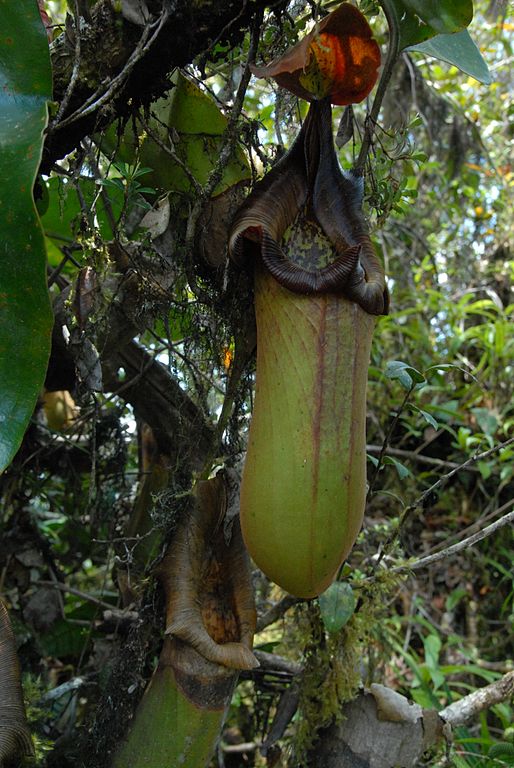
Nepenthes truncata, like many other Nepenthes species, face threats in its natural habitat due to deforestation and habitat loss.
While not critically endangered, it’s essential to practice sustainable cultivation and avoid wild-collected specimens.
Acclimating New Plants
Bringing a new Nepenthes truncata into your space is an exciting venture.
However, like all living things, plants can experience stress when transitioning to a new environment.
Ensuring a smooth acclimation process can make all the difference in how well your new plant adjusts and thrives.
Acclimation Process
Transitioning a plant to its new home requires patience and observation:
Light Introduction:
If your new Nepenthes truncata has been grown in different light conditions, it’s essential to introduce it to your space’s light levels gradually.
Start by placing it in a shaded area and slowly move it to its final spot over a week or two.
This gradual introduction prevents shock and potential leaf burn.
Humidity Monitoring:
Nepenthes thrive in high humidity. It is a good idea to acclimate them with a plastic bag over the pot.
Monitor the humidity levels in its new location, and if they’re lower than ideal, consider using a humidifier or placing the plant on a tray with water and pebbles to increase ambient humidity.
Initial Care
The first few weeks are crucial for your new plant:
Pitcher Drop:
Don’t be alarmed if your newly acquired Nepenthes truncata sheds its pitchers soon after being rehomed.
This is a common response to environmental changes. With proper care and once acclimated, the plant will start producing new pitchers.
Watering Needs:
Ensure the plant’s soil remains consistently moist but not waterlogged. Using distilled or RO water can prevent mineral buildup.
Observation:
Spend some time observing your new plant. Look out for any signs of stress, pests, or diseases.
Early detection and intervention can prevent minor issues from becoming major problems.
Time and Patience
Nepenthes truncata is a relatively slow-growing plant. It requires patience, especially when grown from seed.
Over time, with proper care, it rewards growers with impressive, large pitchers.
Remember, the journey with these plants is as rewarding as the destination.
Nepenthes Pitcher Plant FAQs
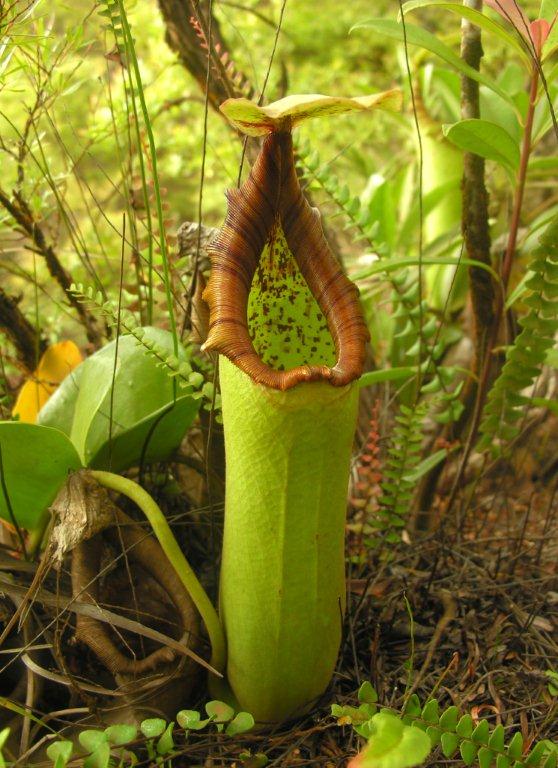
Nepenthes truncata, with its impressive pitchers and unique care requirements, often sparks curiosity among plant enthusiasts.
Here are some commonly asked questions to further guide you in your journey with this captivating plant.
Q: Do Nepenthes truncata like full sun or shade?
A: Nepenthes truncata prefers bright, indirect light.
While it can tolerate some direct sunlight, especially in the morning, prolonged exposure can lead to leaf burn.
A shaded or partially shaded spot is ideal.
Q: Does Nepenthes truncata vine?
A: Yes, as it matures, Nepenthes truncata enters a vining phase, producing longer stems and upper pitchers that differ in shape from the lower ones.
Q: Should I mist my Nepenthes truncata?
A: Misting can help increase humidity around the plant, which is beneficial for pitcher development.
However, ensure the plant is not kept constantly wet, as this can lead to fungal issues.
Q: How much sun do Nepenthes truncata need?
A: Bright, indirect light is ideal. If grown indoors, a spot near a window with filtered light works well.
If the light is too intense, consider using a sheer curtain to diffuse it.
Q: Do Nepenthes truncata like to sit in water?
A: No, while the soil should be kept consistently moist, it’s essential to avoid waterlogging. Ensure the pot has adequate drainage.
Q: Should you bottom water Nepenthes truncata?
A: Bottom watering can be beneficial as it ensures the roots receive adequate moisture without wetting the foliage.
However, don’t let the plant sit in water for extended periods.
Pitcher Plant Nepenthes Conclusion
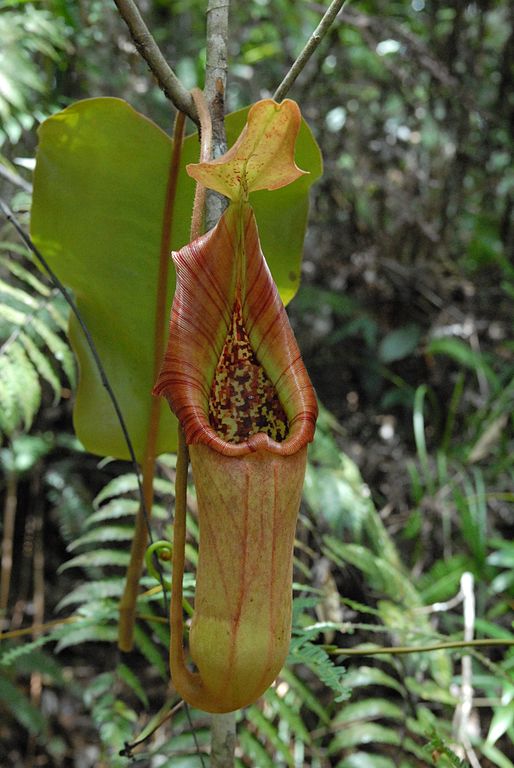
Nepenthes truncata is a testament to nature’s ingenuity and beauty. As you embark on the journey of caring for this plant, remember two key things:
Observation is Key:
Each plant, even within the same species, can have slightly different needs.
Regularly observing your Nepenthes truncata will give you insights into its specific requirements and any adjustments you might need to make in its care.
Embrace the Learning Curve:
Whether you’re a seasoned plant enthusiast or new to the world of carnivorous plants, there’s always something new to learn.
Embrace the challenges and celebrate the milestones, from the first pitcher to the intricate vine growth.
With patience, dedication, and a bit of knowledge, your Nepenthes truncata will thrive, becoming a centerpiece in your collection and a topic of admiration among fellow carnivorous plant lovers.

